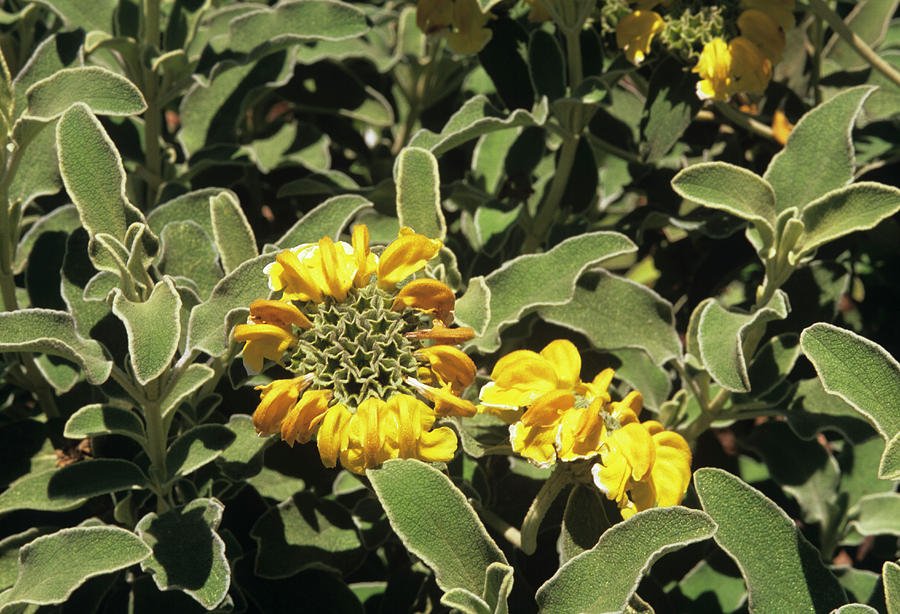

Like all Phlomis species, Jerusalem Sage is very pollinator-friendly and the bees keep visiting it all summer long. It appreciates good drainage and although it will put up with a poor soil it will grow more lush when given a rich but well-drained substrate. tuberosa) often cultivated and having dense axillary. Not surprisingly, Phlomis fruticosa is very drought-tolerant and does well in long dry summers should we ever be lucky enough to get them. The meaning of JERUSALEM SAGE is any of several plants of the genus Phlomis (as P. In time the stems become thick and woody and create great planting combinations with other Mediterranean flora. The semi-woody evergreen plant has fuzzy. The sage-like, aromatic leaves are oval, 510 cm (2-4ins) long, wrinkled, grey. Jerusalem sage is a fast-growing, warm-season plant that reaches three to four feet tall with an equal spread.

It is a small evergreen shrub, up to 1 m (3 ft) tall by 1.5 m (5 ft) wide. The aromatic leaves are oval-shaped and greyish-green with fine white hairs on the undersides and together with the eye-catching sculptural whorls of the flowers create an understated yet very unusual shrub that elicits memories of the Mediterranean. Phlomis fruticosa, the Jerusalem sage, is a species of flowering plant in the family Lamiaceae, native to Albania, Cyprus, Greece, Italy, Turkey, and countries of the former Yugoslavia. Plants form a shrubby mound of woolly silver-grey leaves. Phlomis fruticosa, Jerusalem Sage, is a bushy medium-sized hardy shrub with soft foliage and exotic clusters of golden-yellow hooded flowers that form attractive encircling coronets on tall flower-spikes. Jerusalem Sage is widely used in California, but deserve to be grown more in colder regions.


 0 kommentar(er)
0 kommentar(er)
